

This 2024 issue of The Digital Review showcases artists and scholars who have long pondered the implications of AI-assisted creativity. They push beyond superficial outcomes to explore the profound possibilities of amplifying human intuition, improvisation, and collaboration.
The works collectively address the central question of how AI shapes and redefines human creativity by probing a symbiotic machine-human production process. Some pieces illustrate how AI can co-create narratives that challenge traditional notions of authorship, while others reveal how AI integrated into a creative process can foster speculative and nuanced perspectives with implications for educational paradigms and our technological relationship to the living world. A notable project demonstrates AI's role in enhancing middle school education, fostering innovative thinking in young students. The featured work, Jhave's "Identity Upgrade," offers a visionary exploration of posthuman consciousness, extended embodiment and collective awakening.
Together, these contributions emphasize experimentation and critical engagement and reflect the evolving dialogue between human creativity and machine intelligence, opening new paths for expression and thought.
— Will Luers, issue editor
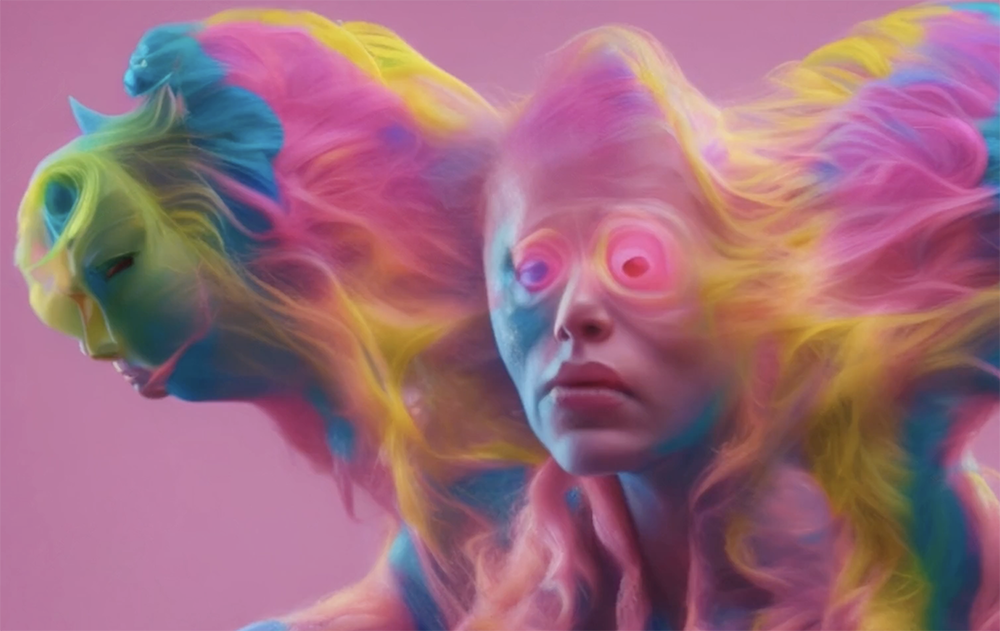
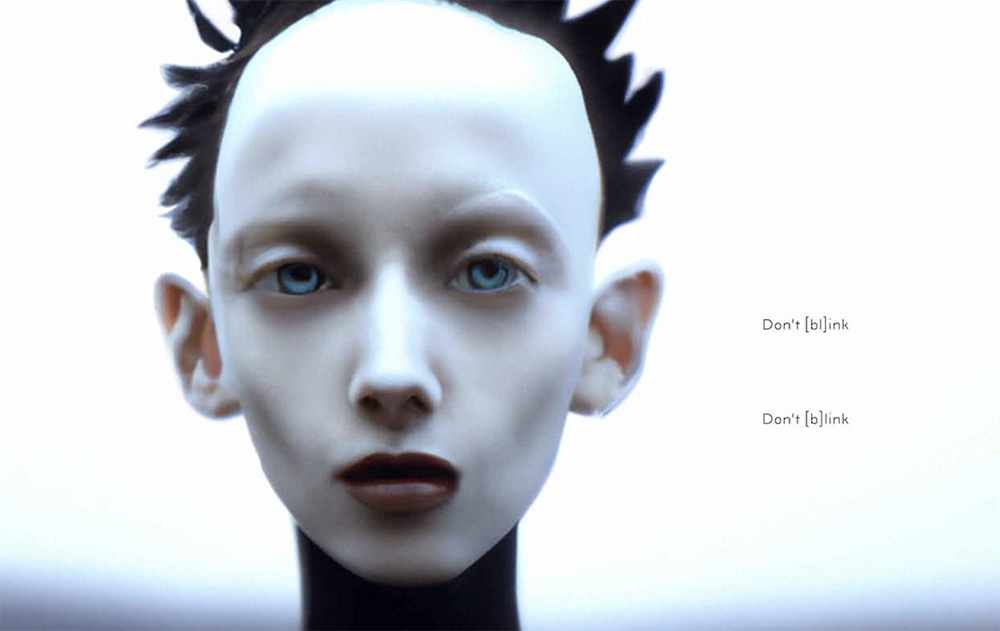

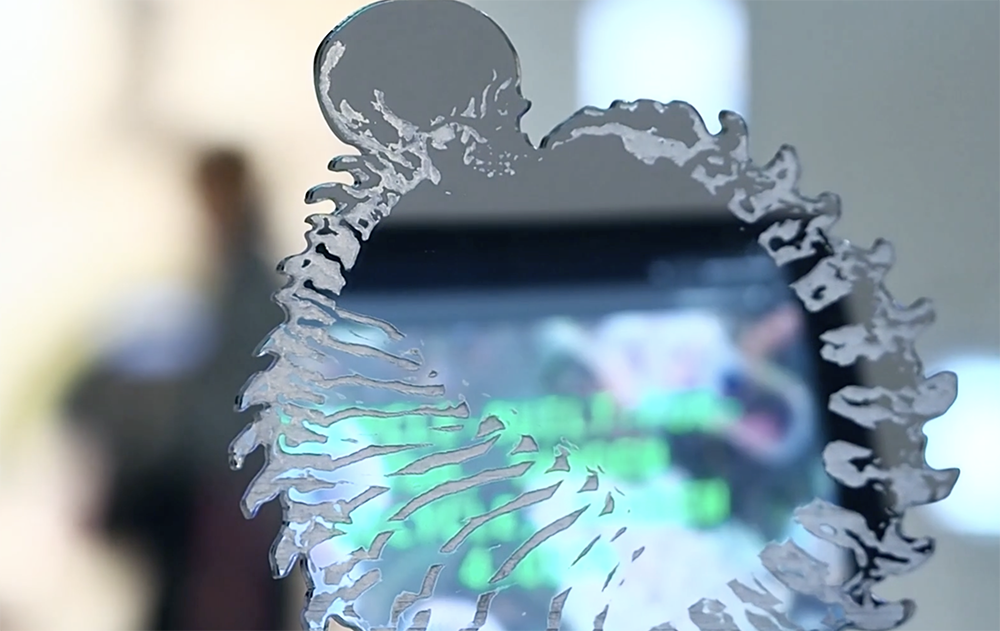
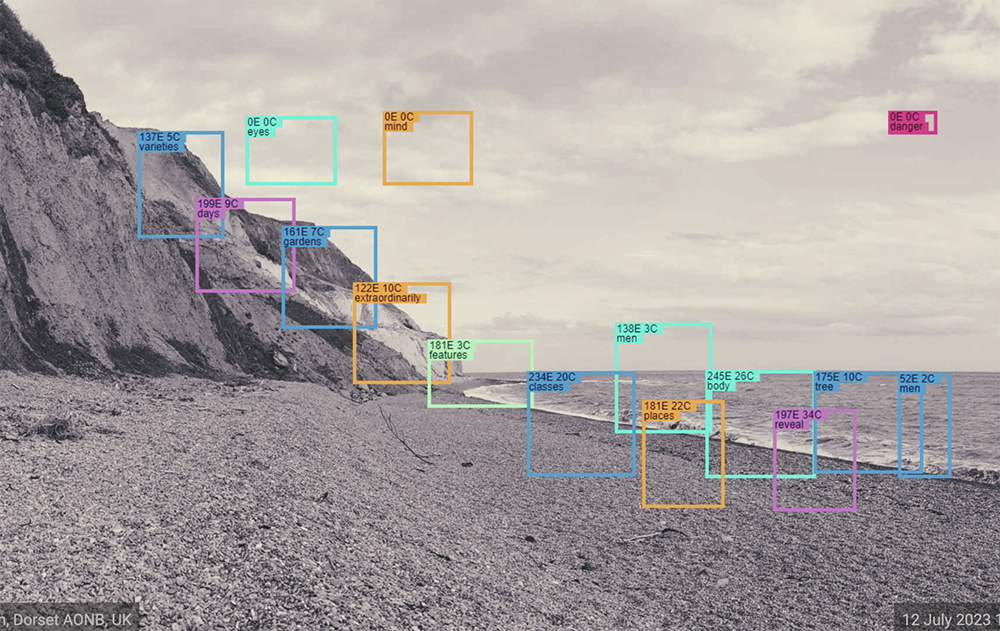
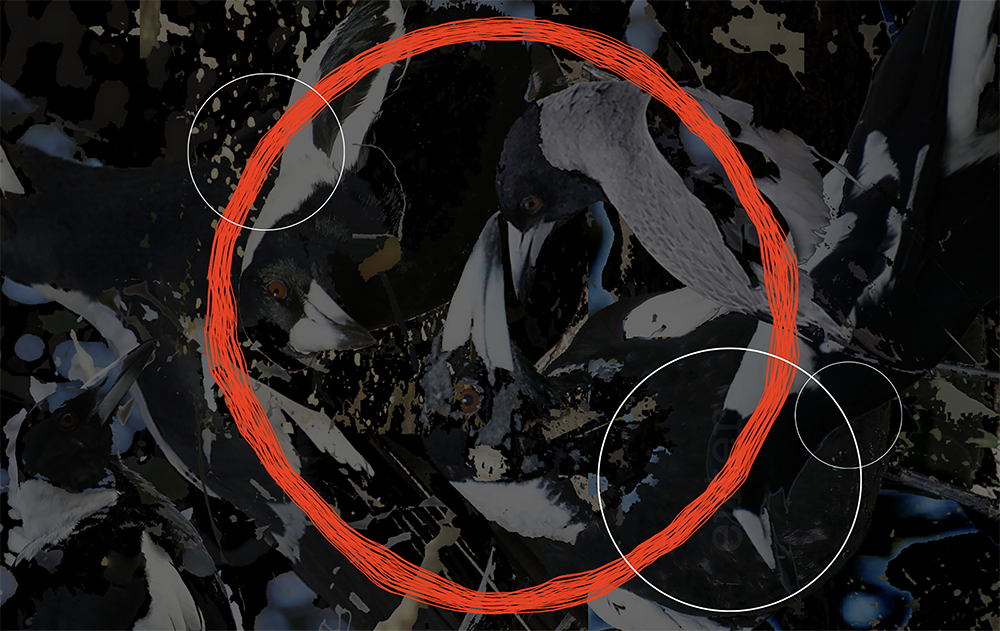
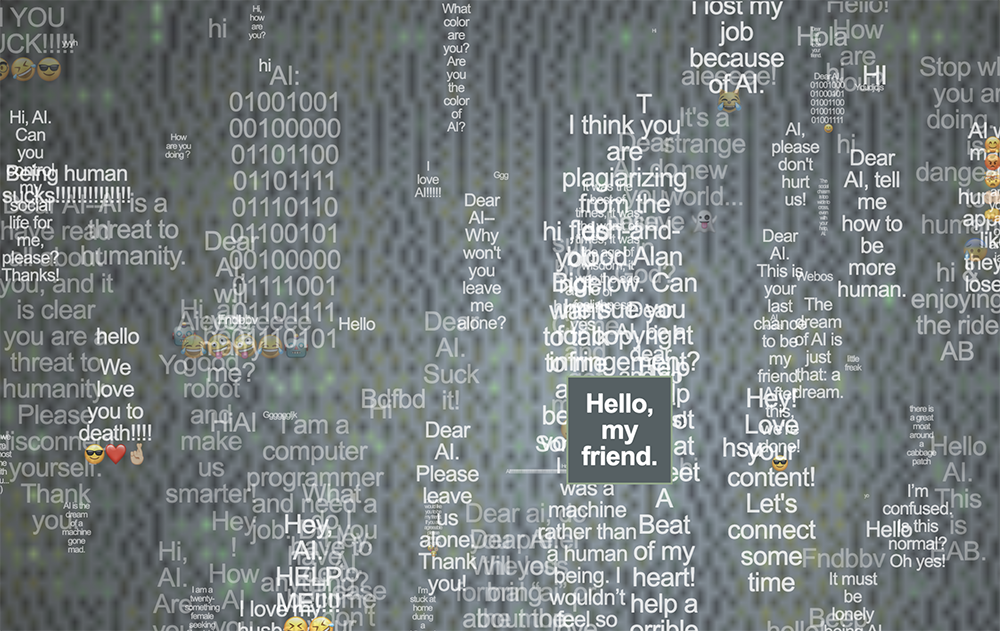
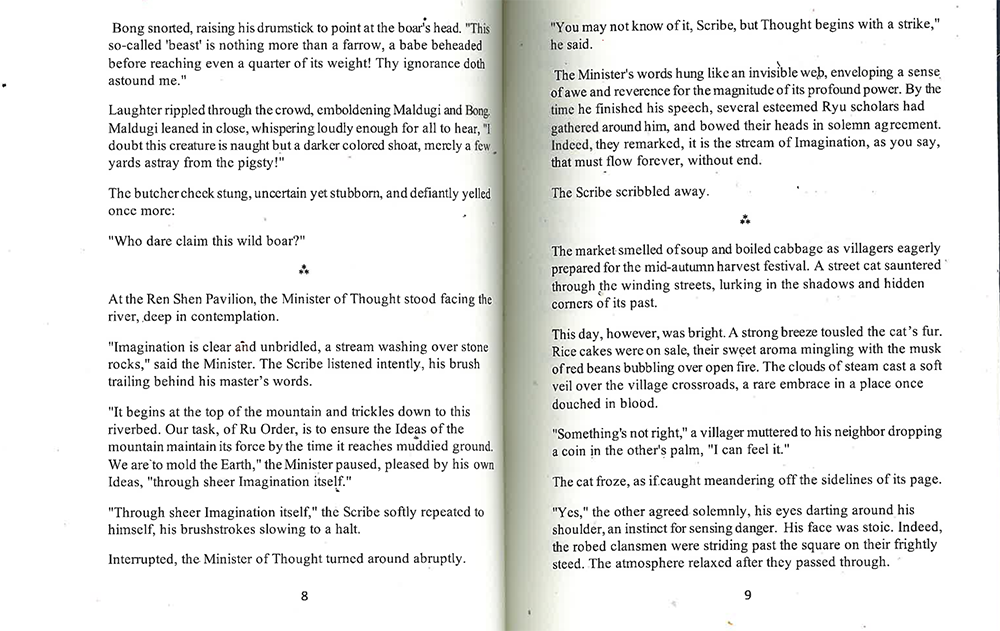

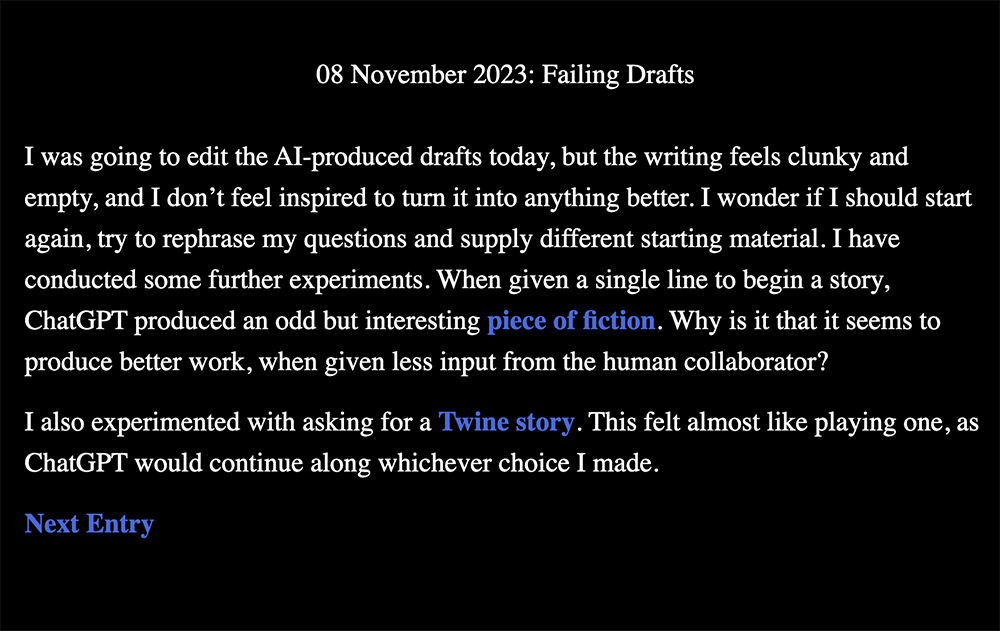
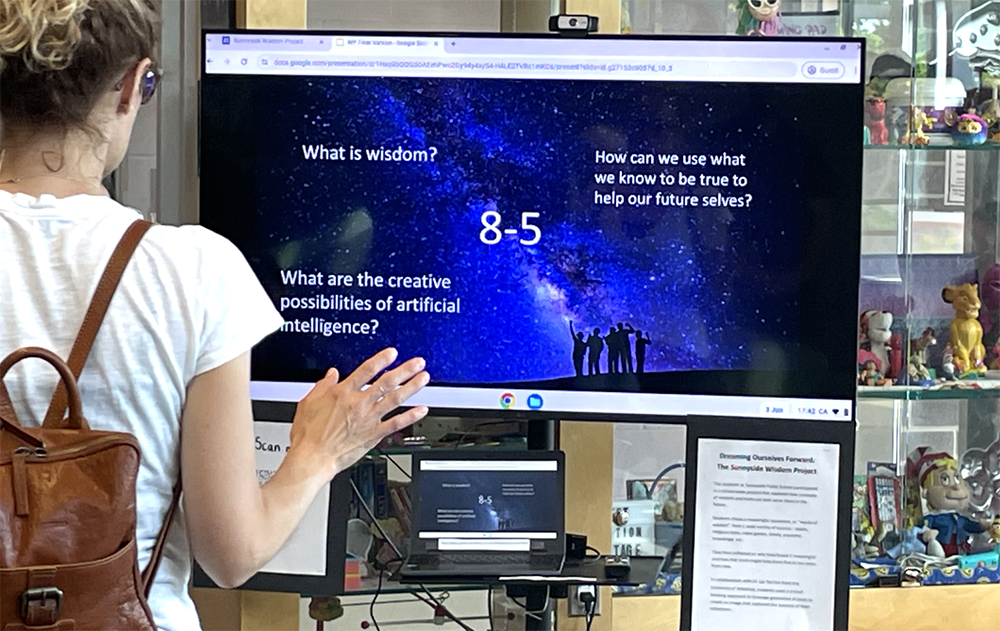
Rediscoveries of electronic literature are no different than rediscoveries of print literature. Without structured acts of rediscovery, the works that shape a given era can easily be lost - and this is even more the case for a digital canon whose platforms are changing all the time. The editors of The Digital Review nod to David Madden and Peggy Bach, who asked important writers of the 1970s and 1980s to select, and write about their favorite works of neglected fiction. The Digital Review and the Electronic Literature Lab will be doing the same, over the current decade, for at least a few (of the thousands?) of forgotten digital works.
For many years after its founding in 2011 the Electronic Literature Lab (ELL) toyed with the idea of conserving works of born-digital literature art and games that had become inaccessible due to outmoded hardware and software. We had the necessary vintage computers and software for experiencing works in their original state trained staff who could undertake the labor and the drive to maintain them for future audiences but it wasn't until Deena Larsen approached us about rebooting her 17 “Kanji-Kus” in 2019 that we took the first step in this direction.
As Larsen describes them her “Kanji-Kus” (1999) are short interactive poems based on the Japanese kanji or ideogram for a word itself. Created to explore the innate meanings inherent in a word each poem is presented as a custom illustration of a Chinese character whose radicals––or graphical components used as organizational structures––are linked via various nodes found on the character.
Originally programmed by Miko Matsumura and Richard Higgason each of the 17 “Kanji-Kus” was produced in an iFrame and used Java Applets. When readers moused over one of the words found on the character such as “sun” they evoked a stanza associated with it to the right of the poem. Each stanza contained hyperlinks that took the user to other stanzas as an alternative method of navigation.
To conserve the work Holly Slocum ELL’s Senior Designer and a UX/UI Specialist migrated each of the 17 “Kanji-Kus” out of its iFrame and recoded it as a new webpage. She also rebuilt the work’s interactivity with JavaScript thus eliminating the outmoded Java Applets. Additionally Larsen had not presented the 17 poems together so Slocum placed all 17 poems on a single website where they now reside together. Clicking on one of them takes readers to the poem’s own page. Because we did not touch the aesthetic design functionality or the words themselves we think of our work on Larsen’s “Kanji-Kus” as a restoration project.
As a token of her appreciation, Larsen created an 18th “Kanji-Ku” during her artist-in-residency in the lab and dedicated it to Slocum.
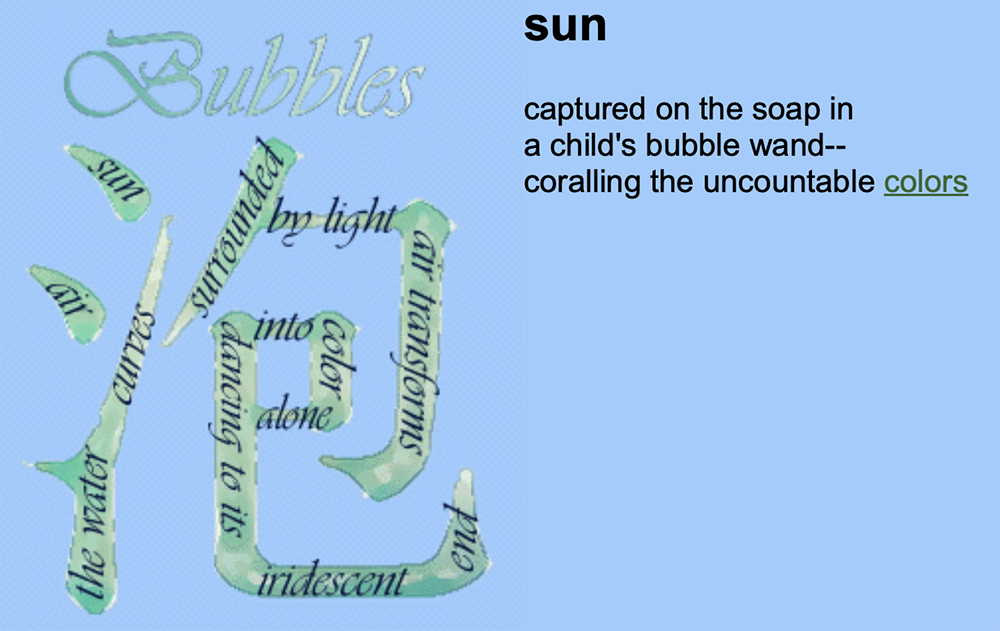
Kanji-Kus are short poems based on the Japanese kanji or ideogram for the word itself. Larsen wanted to explore the innate meanings inherent in the word.